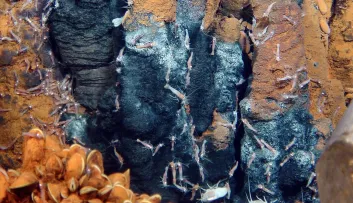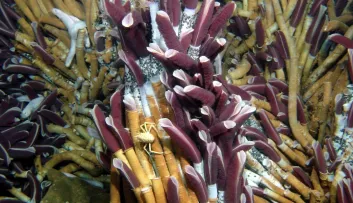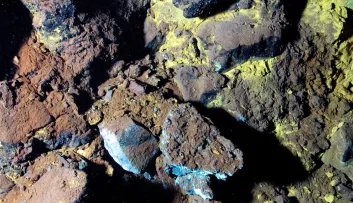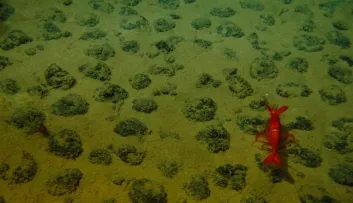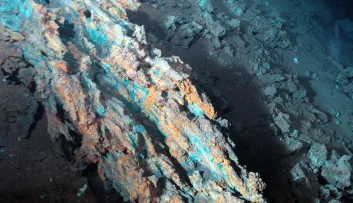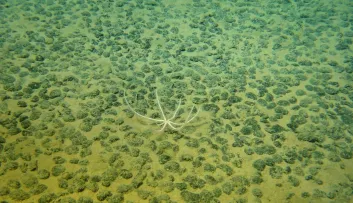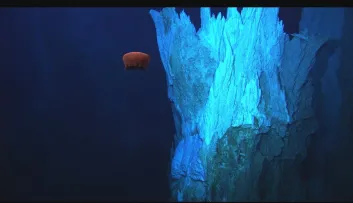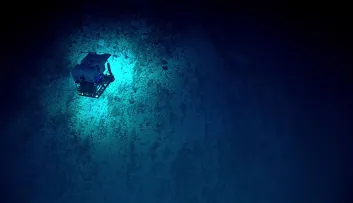Abyss 5mn
Exploring the abyss: a new adventure down at the bottom of the sea
New underwater technologies for deep-sea exploration.
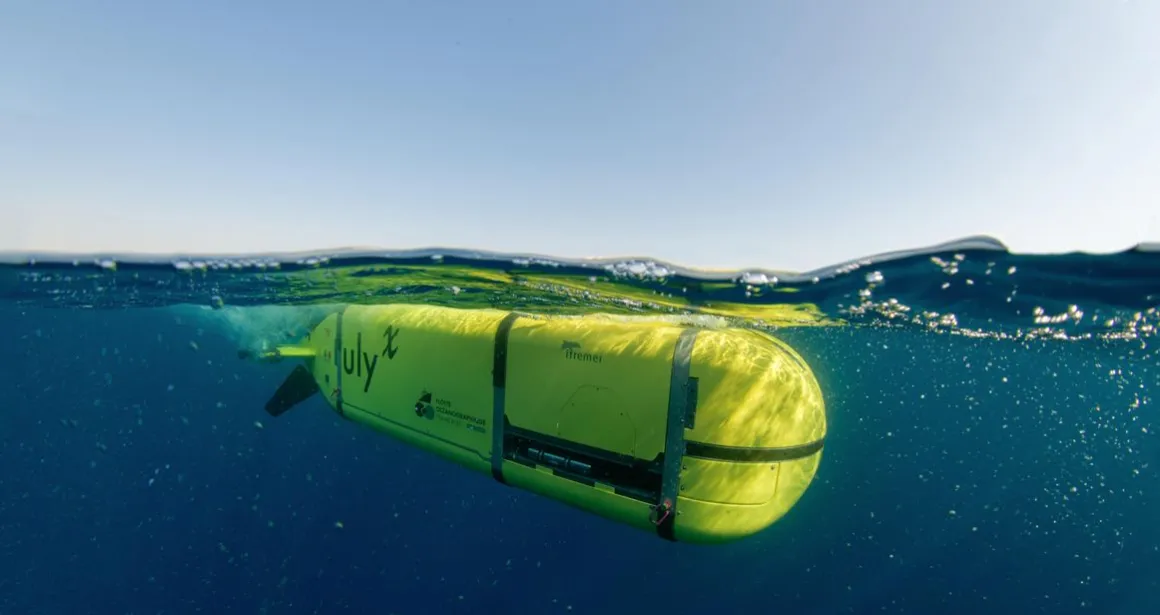
Mysterious abyss! The great depths of the ocean have fascinated us ever since the adventures imagined by Jules Verne.
Since “20,000 Leagues Under the Sea”, the journey to the centre of the Earth has evolved, with technology advancing to go ever deeper beneath the surface of the oceans to discover extraordinary landforms and unknown species.
Under the ocean
Why dive down into the depths of the ocean?
5 % des grands fonds ont été explorés
Ever since the first campaign by the British ship HSM Challenger in 1872, people have constantly sought to discover what lies beneath the surface of the ocean and in the great depths below.
Satisfying this thirst for discovery is a colossal task and only 5% of the deep seabed had been explored and 20% mapped and 20% mapped with a resolution of about one kilometre.
Each exploration campaign reports the presence of unknown species, an abundance of biodiversity and mineral resources, but greater knowledge of these vulnerable ecosystems is needed to more effectively protect and preserve these ecosystems, which have yet to reveal all their secrets.
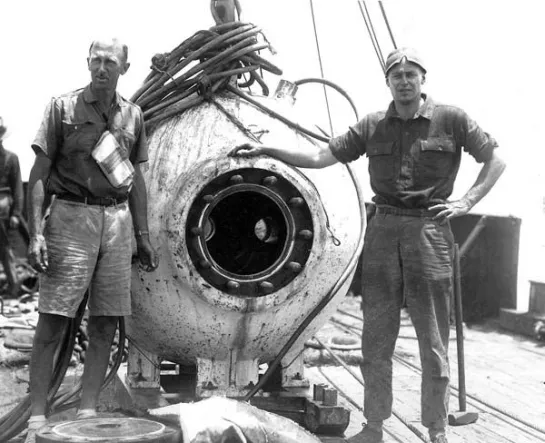
Why do we know so little about the abyss?
Why do we know more about the surface of the Moon, which is 384,400 km from the Earth, than we do about the bottom of the oceans, which are no more than 11,000 metres deep?
Because there is water!
The surface of the water interferes with the radio waves coming from the satellites, which makes it impossible to obtain a precise definition of the seabed. Other techniques must be used to obtain more accurate results.
Plonger !
How do we go down to the great depths?
If we want to discover what lies beyond a depth of 1,000 metres, we have to dive!
But it’s not that simple! In fact, the darkness and pressure make it very difficult to explore the abyss. Even if the species living in the great depths have adapted to this particular environment, human beings have to find a vehicle that can withstand the immense crushing pressure of the abyss.
Consequently, since the first dive into the Mariana Trench in 1960, only around thirty people have ever managed to reach the deepest point on the planet.
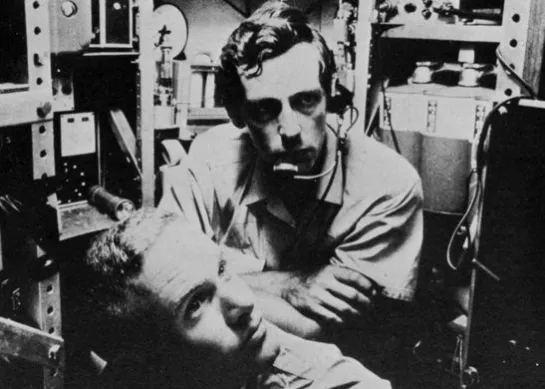
Ifremer’s fleet to explore the great ocean depths
Using its underwater vehicles, Ifremer organises underwater exploration campaigns to map and collect samples and improve our knowledge of the biodiversity and unique features of these environments.
The Nautile
There are very few submersibles in the world designed for deep-sea scientific exploration. Ifremer’s Nautile was designed to take 3 people down to 6,000 metres for 8 hours, during which time they can take measurements, make observations or take samples, repair underwater cables or even work on shipwreck.
It was the Nautile that helped locate the wreck of the Titanic at a depth of 3,821 metres in the Atlantic in 1985 during a joint French-American expedition.
The American submersible Alvin discovered the hydrothermal vents and the profusion of biodiversity around them in 1977.
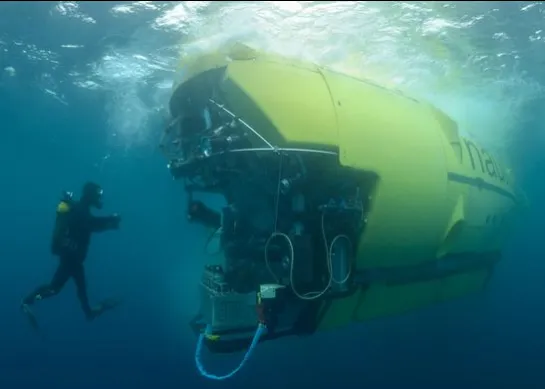
Les ROV ou robots téléopérés
Other vehicles have been conceived by Ifremer engineers to explore the abysses. They are less expensive and less difficult to operate than submersibles.
These include Victor 6000 or Ariane, which are ROVs or robots that can be remotely operated from the surface and remain underwater for longer periods, or AUVs, Autonomous Underwater Vehicles, which are submersible drones that can “fly” underwater and map the relief of the seabed 10 to 100 times more accurately than the depth sounders installed on ships.
In a single dive, the drones can cover an area of 20 km², enabling them to locate and assess mineral resources or ecosystems around hydrothermal springs.
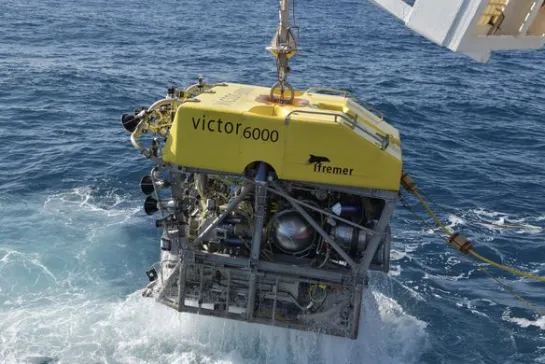
The underwater robot Ulyx
The latest addition to the Ifremer fleet, the underwater robot Ulyx, can dive down to depths of 6,000 metres.
This robot “can retrieve a multitude of data in a single dive: it maps complex terrain, takes pictures close to the seabed and measures physical and chemical parameters such as dissolved oxygen”.
In the future, it will most often be deployed ahead of the Nautile submersible or the Victor 6000 remotely operated robot to identify areas of interest and more effectively identify future operations. ”
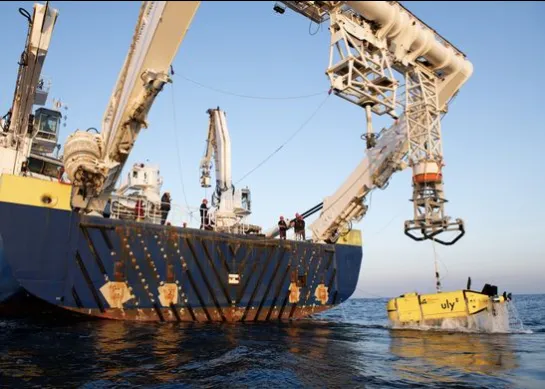
Technological advances
Advances in technology have kept pace with scientific discoveries.
The prospect of bringing up living samples of organisms from the depths using pressurised containers, and the ability of robots to bring up geological or biological samples, are all positive steps forward in improving our knowledge of the great depths.
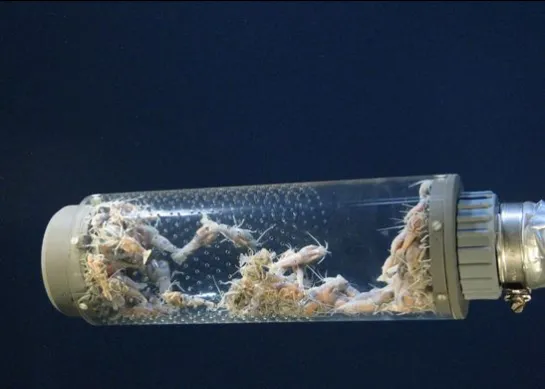
Photos :
Dugornay Olivier (2022). Campagne ESSULYX22-A - Le sous-marin autonome Ulyx affleurant la surface. Ifremer. https://image.ifremer.fr/data/00765/87749/
Dugornay Olivier (2014). Nautile - Contrôle du sous-marin en semi-immersion. Ifremer. https://image.ifremer.fr/data/00378/48947/
© IFREMER/ S. Lesbats
© IFREMER/O.DUGORNAY
